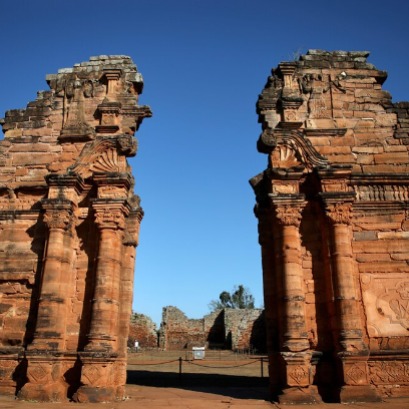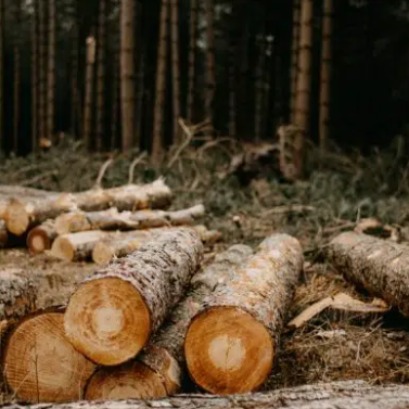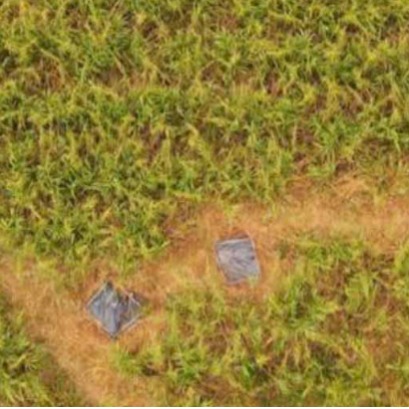
The Relict of San Ignacio, a Treasury in Misiones
In Argentina, the closed has a minimum presence, but of enormous value: the closed of San Ignacio, in Misiones. There, scientific research has demonstrated their unique wealth in Flora and their role as a refuge for endemic species.
During the satellite event a relict in the closed of San Ignacio, in Misiones, Argentina, Dr. Héctor Keller, researcher at Conicet-Unam and professor at the Faculty of Forest Sciences of Eldorado, presented in an opportunity for the IUCN a masterful lecture on the importance of this ecosystem. There are 19 endemic species in the department, and about 17 of them are in the municipality of San Ignacio. Eight are exclusive to the town, which makes this territory the richest in endemic vascular plants, explained the specialist, a renowned expert in the Apocynaceae family .Keller remarked that Misiones has a unique relic in the country, a small representation of the closed bioma that extends in Brazil, Paraguay and Bolivia: we have to take care of this ecosystem It occurs anywhere else in the country, he concluded.
IT MAY INTEREST YOU
 They present the Elárbol project in the Ecology Cycle
They present the Elárbol project in the Ecology Cycle
The transmedia initiative reflects the importance of Argentine native flora and focuses on the carob tree as an emblem tree. Today, at 6:�� p.m., at the Argentine Library This Thursday, October 3�, at 6 p.m., the Elárbol project is presented in the Ecology Cycle coordinated by Sergio Rinaldi at the Argentine Library.
 Unprecedented Forest Crisis: with 8.1 million hectares destroyed, the goal of zero deforestation is in danger
Unprecedented Forest Crisis: with 8.1 million hectares destroyed, the goal of zero deforestation is in danger
A new report warns that the planet is experiencing an unprecedented forest crisis. In 2�24, forests suffered large-scale destruction with a permanent loss of almost 8.1 million hectares worldwide.
 Vida Silvestre and ArgenINTA promote a national consultancy for the restoration of forest landscapes in Argentina
Vida Silvestre and ArgenINTA promote a national consultancy for the restoration of forest landscapes in Argentina
The Argentine Wildlife Foundation and the ArgenINTA Foundation signed a technical cooperation agreement to begin a consultancy aimed at the Restoration of Forest Landscapes (FPR) in the seven forest regions of the country. The work seeks to generate technical and scientific inputs that guide the design of provincial and national restoration programs, in support of the implementation of Law No. 26,331 on Native Forests.





















